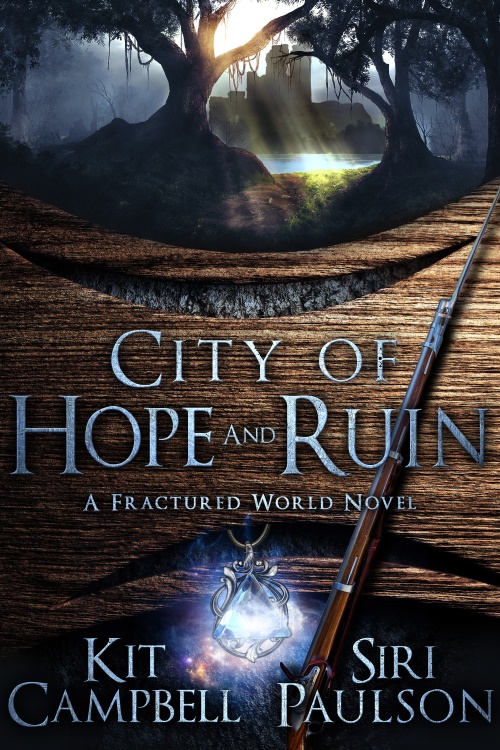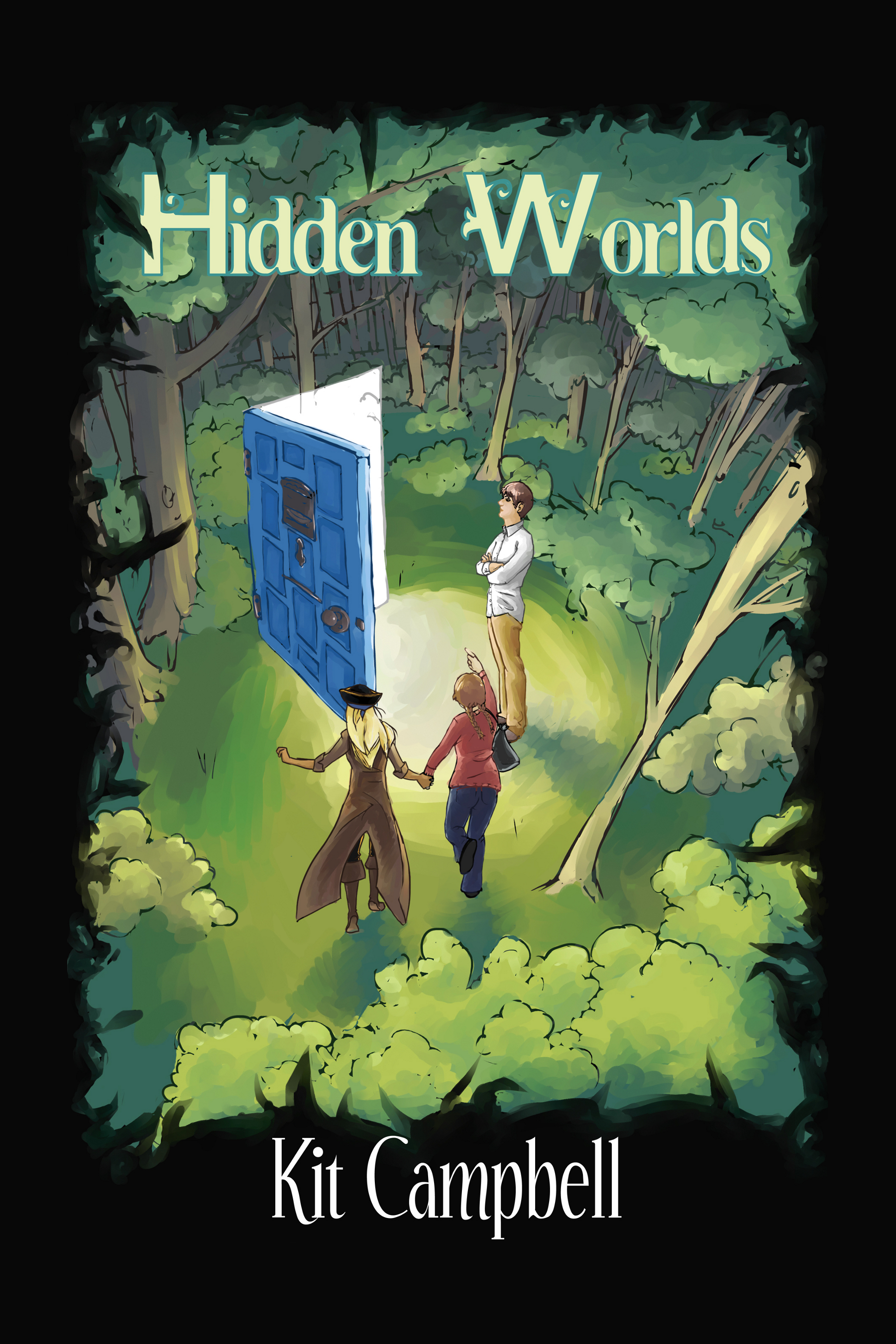As with almost everything, outlining is a process that tends to be individual to each writer, if they do it at all. In the seven years that I’ve been writing seriously, I’ve gone from a complete pantser (i.e. someone who writes by the seat of their pants) to outlining at least part of every story.
What’s interesting about outlining is that it seems to be not only individual to the writer, but individual to the story. I have stories that I outline completely before I write a word. I have stories that I will get 30-60% through before I start outlining. Some stories are planned with more details than others.
I always use a form of phase outlining, however. With phase outlines, you list a series of sentences or phrases in chronological order that help you remember what you want to do with that. I like to use bullet points just because I like bullet points.
My basic outlining more or less follows this process:
1. Write down all major characters. I always do this at the top of any planning document. I list the characters’ names, their ages usually, anything that is important to the story (for example, I have one story that lists each characters’ elemental affiliation. Another lists their occupations), and usually important background. I find this helps me get the characters in my head so I can picture scenes more clearly.
2. Freewrite the overall plot. I admit that sometimes I start a story with very little planning. The only thing I may have is a premise and a few characters. But I always ALWAYS write down what I know, and I add onto it as I develop the plot more or work on writing the story. I will also make note of things that might be integrated into the plot or that are neat and may work in the story.
3. Start writing. (optional) Most of the time I will start writing at this point. Especially with novels, it’s hard for me to get a feel of what the story is going to be without just starting. The only exceptions are if I’m doing complete rewrites of stories and short stories, which I tend to outline completely before starting.
4. Phase Outlining At some point, I will feel like I have figured out the story and will outline the rest of it. Normally I will summarize what has happened thus far and then go into my bullet points. Each bullet point is normally a complete scene. Sometimes they are complete chapters, depending on the book and how well I know what’s going to happen. I tend to be vague in my points to allow myself creative wandering, but if there’s something specific that needs to be included at a certain point, I make sure to add it in.
5. Finish the draft, updating outline as needed. I will then finish the draft, using the outline as my guide. Sometimes I will figure out plot holes or a better way to do something while I’m going, and I will update the outline as necessary.
What are you, a pantser or a planner? How much planning do you like to do, and how do you like to do it?




I like the approach you describe. Pretty much what I did for my debut novel, coming out next week. I ended up writing the outline as I wrote, in order to keep track of plot points, characters’ names, place names, and themes. Maybe there’s a label for that method, I don’t know. When anything changed (e.g., a name), I corrected the outline. I wholly support your #3 point – I had to get into writing the novel to get a feel for it.
Congrats on the novel coming out!
For most of the novels I’ve written (or started to write), I pantsed it. However, of the last three nano novels I’ve written, the first was completely outlined and the last two pantsed. I have to say, the outlined novel went MUCH better, and if I had time leading up to subsequent nanos, I would have outlined those too. I’m sold on outlines – it made the book MUCH easier to write, and allowed me to have plot ideas during the outline stage rather than the writing stage (where the idea can come to late, requiring abandonment or major re-write).
Ultimately, though, it comes down to satisfaction. I LOVE how that outlined novel went for me. I HATE the other two novels with a passion bordering on irrational. They just aren’t as well thought out. Perhaps that’s the lack of an outline, or perhaps it’s a lack of overall preparedness on my part. But I believe the outline forces you to a minimum threshold of readiness.
Pingback:100th Post Celebration « Where Landsquid Fear to Tread